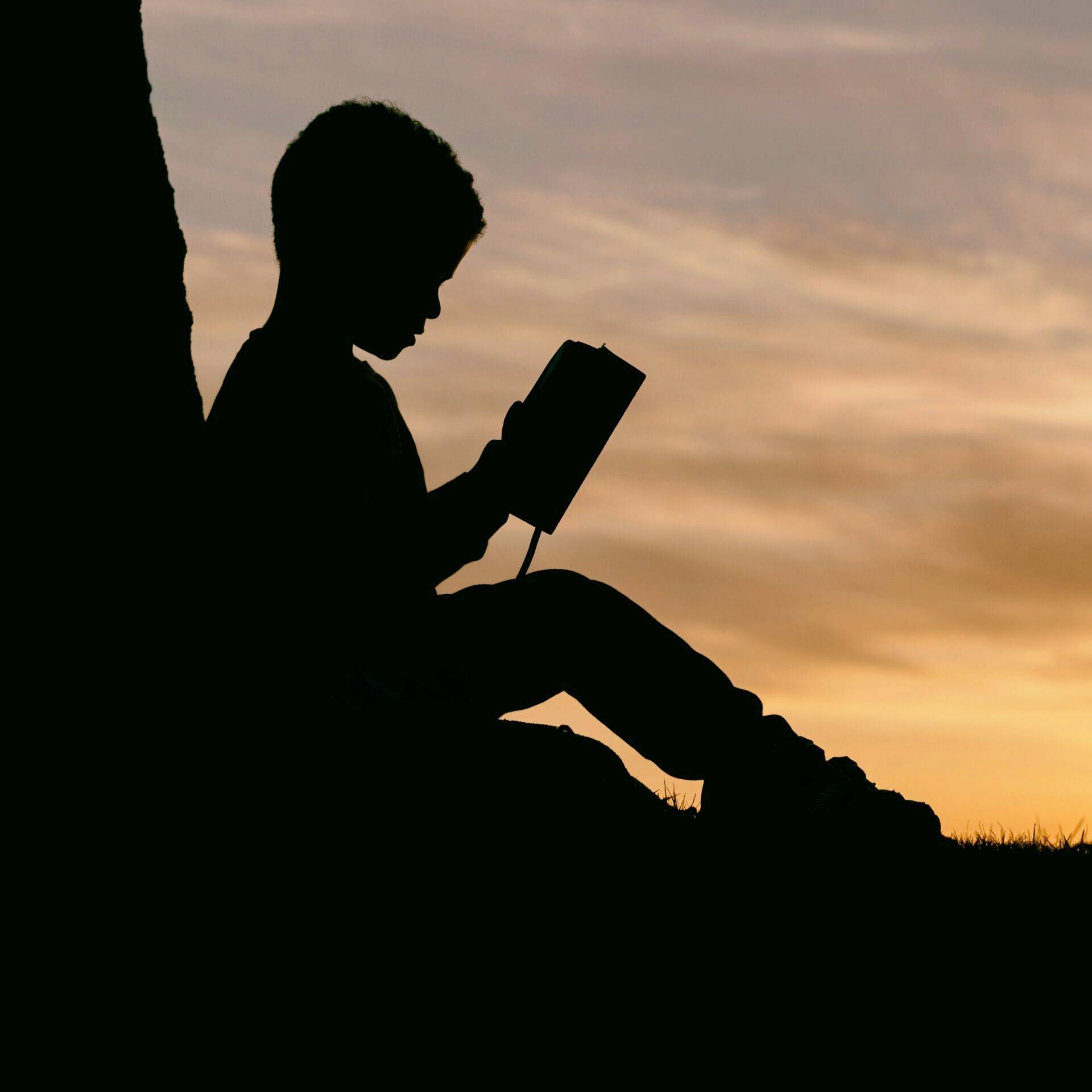Discover the revolutionary approach of Culturally Responsive Pedagogy, fostering inclusivity and equity in classrooms worldwide. Explore key principles and benefits in this informative article.
Culturally Responsive Pedagogy is a revolutionary approach to teaching that acknowledges the diverse backgrounds and experiences of students. It goes beyond surface-level recognition of cultural differences and seeks to foster an inclusive and equitable learning environment. By incorporating students’ cultural knowledge, values, and perspectives into the curriculum, educators can create meaningful connections and empower their students to succeed academically and socially. In this article, we will explore the key principles of Culturally Responsive Pedagogy and highlight its potential impact in classrooms around the world.
Definition
Understanding the concept of culturally responsive pedagogy
Culturally responsive pedagogy is an educational approach that recognizes and embraces the diversity of students in the classroom. It acknowledges the cultural backgrounds, experiences, and identities of students and aims to create a learning environment that is inclusive, equitable, and relevant to their lives. Culturally responsive pedagogy allows educators to connect with their students on a deeper level and tailors instruction to meet their individual needs.
Recognizing the importance of cultural sensitivity in education
Cultural sensitivity is crucial in education because it lays the foundation for creating an inclusive and respectful learning environment. By being aware of different cultural values, norms, and traditions, educators can avoid stereotypes, biases, and misunderstandings that may hinder student learning and development. Culturally sensitive educators understand that every student brings a unique perspective to the classroom and actively seek to incorporate diverse cultural experiences and perspectives into their teaching.
Key Principles
Equity and inclusivity as foundational principles
Equity and inclusivity are the bedrock of culturally responsive pedagogy. By prioritizing equity, educators acknowledge and actively work towards eliminating educational disparities among students of different cultural backgrounds. Inclusivity ensures that all students feel valued and respected, regardless of their cultural backgrounds. Culturally responsive educators intentionally design their teaching practices, curriculum, and classroom environments to promote equity and inclusivity.
Valuing and embracing diversity in the classroom
Culturally responsive pedagogy fosters an appreciation for the diversity of students in the classroom. Educators celebrate and respect the distinct cultural backgrounds, languages, traditions, and perspectives that each student brings. They create opportunities for students to share their cultural experiences, fostering mutual understanding and learning among peers.
Creating learning environments that honor students’ cultural backgrounds
Culturally responsive educators understand the importance of creating learning environments that affirm and honor students’ cultural backgrounds. This includes incorporating culturally relevant materials, examples, and activities into the curriculum. By integrating students’ cultural identities, educators can create a sense of belonging and pride in the classroom.
Cultivating strong relationships and connections with students
Building meaningful relationships with students is a critical aspect of culturally responsive pedagogy. Educators take the time to get to know their students on a personal level, acknowledging their individual strengths, interests, and aspirations. By fostering strong connections, educators can better understand and meet the unique needs of each student.
Creating relevant and meaningful curriculum
Culturally responsive educators design their curriculum in a way that is relevant and meaningful to students’ lived experiences. They select instructional materials, texts, and activities that reflect the diverse cultural backgrounds of their students. This ensures that students can see themselves represented in the curriculum, making the learning process more engaging and accessible.
Benefits of Culturally Responsive Pedagogy
Improved academic achievement
Culturally responsive pedagogy has been linked to improved academic achievement among students. When students feel a sense of belonging and connection to the curriculum, they are more motivated to learn and succeed academically. By tailoring instruction to students’ cultural backgrounds, educators can bridge the gap between students’ lived experiences and academic content, leading to enhanced learning outcomes.
Enhanced student engagement and motivation
In a culturally responsive classroom, students are more engaged and motivated to learn. By incorporating students’ cultural experiences and perspectives, educators make the curriculum relatable and meaningful. This fosters a sense of curiosity, relevance, and personal investment in the learning process.
Promotion of positive cultural identity and self-esteem
Culturally responsive pedagogy nurtures students’ positive cultural identities and self-esteem. When students feel that their cultural backgrounds are acknowledged, respected, and valued in the classroom, they develop a stronger sense of self. This promotes self-confidence, pride, and a deeper connection to their own cultural heritage.
Reduction of achievement gaps among diverse student populations
One of the key benefits of culturally responsive pedagogy is its potential to reduce achievement gaps among diverse student populations. By tailoring instruction to students’ unique needs and cultural backgrounds, educators can provide more equitable learning opportunities. This allows students who have historically been marginalized or underserved to thrive academically and narrow the achievement gap.
Development of critical thinking and empathy skills
Culturally responsive pedagogy promotes the development of critical thinking and empathy skills in students. By exposing students to diverse perspectives and experiences, educators encourage them to think critically about social issues and explore different viewpoints. This cultivates empathy, respect for others, and a broader understanding of the world.
Implementing Culturally Responsive Pedagogy
Teacher mindset and self-reflection
Implementing culturally responsive pedagogy begins with a teacher’s mindset and willingness to critically reflect on their own cultural biases and assumptions. Educators must engage in self-reflection and actively seek to understand their students’ cultural backgrounds and experiences. This introspection allows teachers to recognize and challenge any conscious or unconscious biases that may impact their teaching.
Building multicultural competence
To effectively implement culturally responsive pedagogy, educators need to build multicultural competence. This involves developing a deep understanding of different cultures, including their histories, traditions, beliefs, and values. Educators can attend workshops, engage in professional development, and collaborate with colleagues to enhance their cultural knowledge and competence.
Curriculum and instruction adaptations
Culturally responsive pedagogy requires adapting curricula and instructional materials to incorporate diverse perspectives and experiences. Educators can intentionally select texts, materials, and activities that resonate with their students’ cultural backgrounds. They can incorporate culturally relevant topics or examples into lesson plans, ensuring that the curriculum reflects the identities and experiences of all students.
Creating an inclusive and culturally responsive classroom environment
Creating an inclusive and culturally responsive classroom environment involves setting clear expectations for respect, promoting open dialogue, and fostering a sense of belonging among all students. Educators can use strategies like flexible seating arrangements, culturally diverse classroom decorations, and collaborative group work to create an environment where every student feels valued and included.
Collaborating with the community and families
Engaging with the community and families is an essential component of implementing culturally responsive pedagogy. Educators can collaborate with community organizations, invite guest speakers from diverse backgrounds, and involve families in classroom activities. This partnership helps create a holistic learning experience for students, integrating their cultural identities, and connecting classroom learning to real-world contexts.
Challenges and Considerations
Addressing biases and stereotypes
One of the main challenges in implementing culturally responsive pedagogy is addressing biases and stereotypes that may exist within the education system. Educators must be vigilant in identifying and correcting these biases by regularly examining instructional materials, assessments, and classroom practices. Ongoing professional development focused on cultural competence can also support teachers in mitigating biases and promoting equitable and inclusive classrooms.
Navigating cultural differences and misunderstandings
Navigating cultural differences and misunderstandings can pose challenges in a culturally responsive classroom. Educators need to be aware of diverse cultural perspectives and approaches to learning. They should provide opportunities for dialogue and reflection, allowing students to share their experiences and perspectives, fostering mutual understanding and empathy among peers.
Providing ongoing professional development for teachers
Effective implementation of culturally responsive pedagogy requires ongoing professional development for teachers. Educators need opportunities to deepen their cultural competence, learn new instructional strategies, and engage in reflective practices. Providing regular and relevant professional development opportunities ensures that teachers have the knowledge and skills to create culturally responsive classrooms.
Overcoming curriculum constraints and standardized testing pressures
Curriculum constraints and standardized testing pressures can present barriers to implementing culturally responsive pedagogy. Educators may feel limited by prescribed curricula or the need to focus solely on test preparation. Overcoming these challenges requires creative thinking, collaboration with colleagues, and advocating for curriculum flexibility to incorporate diverse cultural perspectives and experiences.
Ensuring equitable access to resources for all students
Implementing culturally responsive pedagogy requires equitable access to resources for all students. Educators must ensure that students have access to culturally relevant materials and technology, regardless of their backgrounds or socioeconomic status. This may involve seeking funding opportunities, leveraging community partnerships, or advocating for equity in resource allocation.
Examples of Culturally Responsive Pedagogy
Integrating culturally relevant literature and texts
One example of culturally responsive pedagogy is integrating culturally relevant literature and texts into the curriculum. Educators can select books and texts that reflect the diverse cultural backgrounds of their students. This exposes students to narratives and experiences that resonate with their own culture while also promoting empathy and understanding of other cultures.
Incorporating diverse perspectives in classroom discussions
Incorporating diverse perspectives in classroom discussions is another example of culturally responsive pedagogy. Educators can encourage students to share their cultural perspectives, experiences, and viewpoints during class discussions. This fosters a deeper understanding of different cultures and promotes inclusive dialogue among students.
Using culturally responsive teaching strategies, such as story-sharing or collaborative projects
Culturally responsive teaching strategies, such as story-sharing or collaborative projects, actively engage students in the learning process. Story-sharing allows students to share personal narratives rooted in their cultural backgrounds, fostering a sense of identity and connection to the curriculum. Collaborative projects bring together students from different cultural backgrounds, promoting teamwork, mutual respect, and appreciation for diverse perspectives.
Fostering cultural celebrations and events in the classroom
Culturally responsive pedagogy can be demonstrated through fostering cultural celebrations and events in the classroom. Educators can organize activities that honor and celebrate different cultural traditions, holidays, or historical events. This not only creates a festive and inclusive classroom environment but also promotes cultural understanding and appreciation among students.
Promoting student voice and choice in the learning process
Promoting student voice and choice in the learning process is an essential aspect of culturally responsive pedagogy. Educators can provide opportunities for students to share their unique perspectives, interests, and talents. This empowers students to take ownership of their learning, build self-confidence, and contribute their cultural knowledge to the classroom community.
Research and Evidence
Studies demonstrating the positive impact of culturally responsive pedagogy
Numerous studies have shown the positive impact of culturally responsive pedagogy on student outcomes. For example, research has found that when educators integrate culturally relevant content into the curriculum, students demonstrate higher levels of academic engagement and motivation. Additionally, studies have shown that culturally responsive pedagogy reduces the achievement gap among diverse student populations and improves academic performance across different cultural groups.
Research-based strategies and best practices
Research has identified several strategies and best practices for implementing culturally responsive pedagogy effectively. These include building strong relationships with students, incorporating students’ cultural knowledge into the curriculum, valuing students’ identities and voices, and providing opportunities for collaborative and experiential learning. By implementing these research-based strategies, educators can create a more inclusive and equitable classroom environment.
Long-term effects on students’ academic success and social-emotional well-being
Long-term studies have shown that students who experience culturally responsive pedagogy have higher rates of academic success and improved social-emotional well-being. Students who feel a sense of belonging and connection to their cultural identities are more likely to persist in their education, develop positive self-esteem, and excel academically. Culturally responsive pedagogy has also been found to reduce disciplinary issues and promote positive relationships among students.
Culturally Responsive Pedagogy vs. Multicultural Education
Understanding the similarities and differences
While culturally responsive pedagogy and multicultural education share common goals of promoting inclusivity and equity in education, they differ in their approach and focus. Multicultural education typically emphasizes the celebration of different cultures and aims to foster cultural awareness and understanding. Culturally responsive pedagogy, on the other hand, recognizes that culture is not static and seeks to connect students’ cultural backgrounds and experiences to the curriculum.
Complementary nature of both approaches
Culturally responsive pedagogy and multicultural education are complementary approaches that can work together to create a more inclusive educational environment. By combining multicultural education’s emphasis on cultural awareness and understanding with culturally responsive pedagogy’s focus on connecting culture to learning, educators can effectively promote equity, inclusivity, and relevance in the classroom.
Exploring when to apply each method
The decision of when to apply multicultural education versus culturally responsive pedagogy depends on the specific needs and goals of the classroom and student population. Multicultural education may be more appropriate when introducing students to cultural diversity and fostering appreciation for different cultures. Culturally responsive pedagogy becomes essential when creating a learning environment that acknowledges and incorporates students’ cultural backgrounds and experiences.
Culturally Responsive Pedagogy in a Global Context
Applying culturally responsive pedagogy beyond one’s own culture
Culturally responsive pedagogy can be applied beyond one’s own culture in a global context. Educators can recognize and incorporate diverse cultural perspectives and experiences from around the world into their teaching. This global approach prepares students to navigate a diverse and interconnected world, fostering empathy, understanding, and respect for different cultures.
Preparing students for a diverse and interconnected world
In an increasingly interconnected world, it is crucial to prepare students for global citizenship. Culturally responsive pedagogy equips students with the knowledge, skills, and attitudes necessary to navigate diverse cultures and perspectives. By promoting cultural understanding and empathy, educators can foster global competence and a sense of responsibility towards addressing global challenges.
Evaluating the cultural responsiveness of educational systems worldwide
Evaluating the cultural responsiveness of educational systems worldwide is essential to ensure equitable and inclusive education for all students. By examining policies, curriculum materials, teacher training programs, and school practices, educators and policymakers can identify areas for improvement and promote cultural responsiveness at a systemic level. This evaluation helps ensure that educational systems provide quality education that respects and values the cultural identities of all students.
Conclusion
Culturally responsive pedagogy is a powerful educational approach that recognizes the diversity of students’ cultural backgrounds and aims to create an inclusive and equitable learning environment. By integrating culturally relevant materials, fostering strong relationships with students, and promoting student voice, culturally responsive educators can enhance academic achievement, engagement, and positive cultural identities. Implementing culturally responsive pedagogy requires ongoing professional development, addressing biases, and creating inclusive classrooms. As educators, it is our responsibility to embrace this approach and strive for a future of education that values and respects the cultural identities of all students. By doing so, we can create learning environments that prepare students for success in an increasingly diverse and interconnected world.


